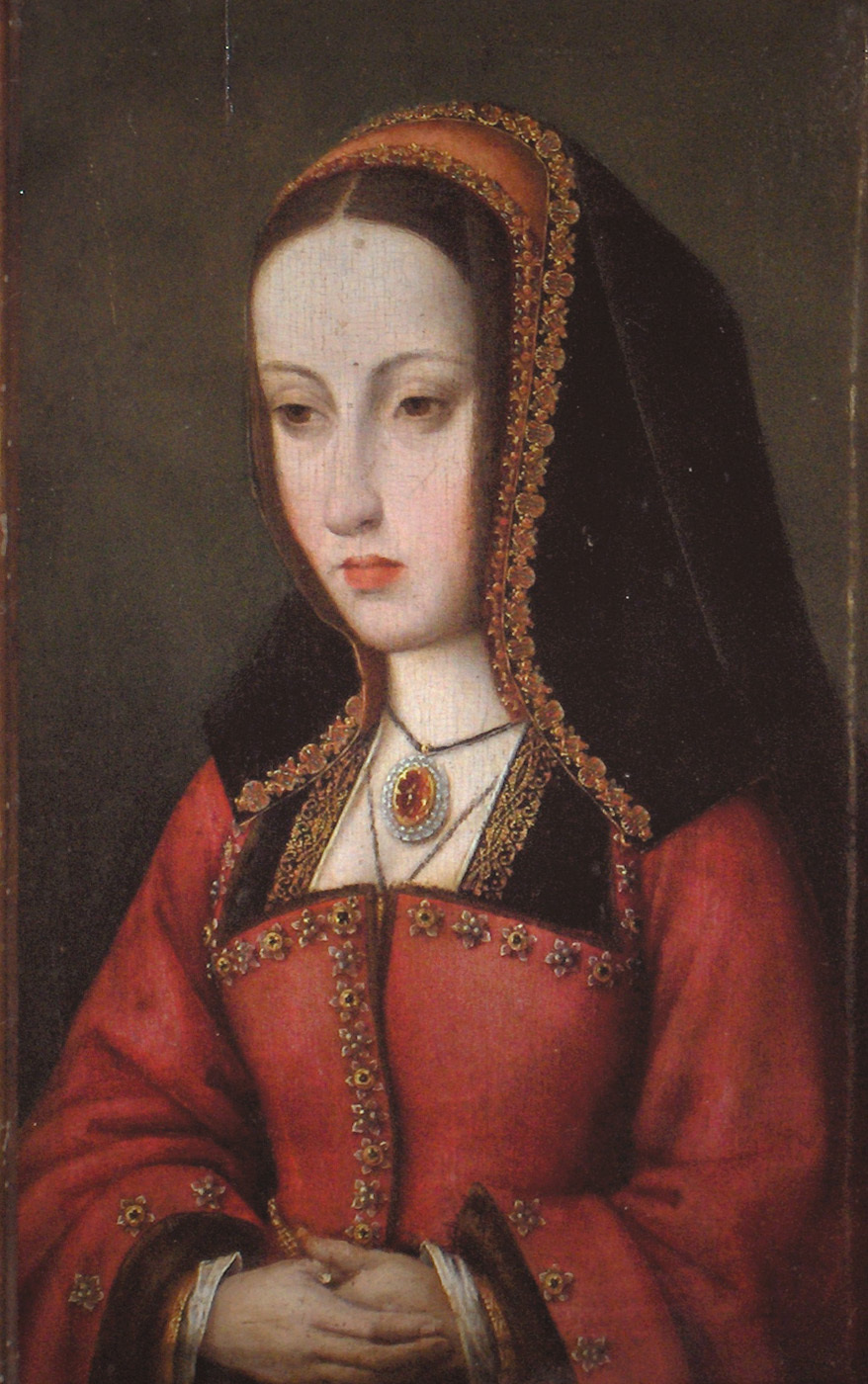The story of Juana la Loca, also known as Juana the Mad, is a fascinating tale of love, betrayal, and obsession that spans centuries. Contrary to popular belief, the line between love and obsession is often a thin one, and it is precisely this thin line that Juana, the queen of Castile, crossed.
Juana’s early life is shrouded in mystery, and little is known about her childhood. However, it is commonly believed that she was born in 1479, in Madrigal, Spain, to King Fernando II of Aragon and Queen Isabel I of Castile. Juana married Philip the Handsome, the Archduke of Austria, at the age of just fifteen. Philip, a handsome and cultured young man, was a prominent figure in medieval Europe, and his marriage to Juana was a key political alliance that helped to consolidate the relationship between Spain and the Holy Roman Empire.
However, things took a turn for the worse when Philip started having affairs with other women, much to Juana’s dismay. She struggled to come to terms with her husband’s infidelity, and her mental health deteriorated as a result. Juana’s fits of rage and despair became a regular occurrence, leading many to question her stability.
Tragedy struck in 1506 when Philip suddenly passed away at the young age of just 28. Juana was devastated by the loss of her husband, and her psychological state continued to spiral out of control. She became obsessed with Philip’s memory and would not allow anyone to separate his corpse from her. Juana would often kiss Philip’s lifeless body, and even went as far as having the coffin opened again to look at him and kiss his feet. Her obsession with Philip’s memory prompted her to have the coffin brought along on her travels, and she eventually spent the rest of her life confined to her Palace, imprisoned in 1509.
Juana’s obsession with Philip’s memory also prompted her to take extreme measures to ensure that his body was properly cared for. She was instrumental in having Philip’s corpse embalmed and interred in a monastery near Burgos. Some historians argue that Juana may have even gone as far as ordering the murder of one of Philip’s mistresses to help preserve her husband’s good name in death.
The story of Juana la Loca is a powerful reminder of the dangers of obsession, and the fine line that separates love and obsession. Her actions during her husband’s final illness and following death were extreme and disturbing, to say the least. Some have argued that her behavior was a manifestation of genuine grief, while others have implied that it was a symptom of a wider mental health issue. Regardless, her story has left a lasting impression on individuals across the centuries, serving as a testament to the power of love, the perils of obsession, and the enduring fascination that surrounds famous historical figures.
In conclusion, Juana’s story is a fascinating one that delves into the murky waters that lie between love and obsession. Her behavior during her husband’s final illness and following death has left many wondering whether her actions were born out of genuine grief or a wider mental health issue. Only time will tell, but one thing is clear – her story serves as a powerful reminder of the enduring fascination that surrounds famous historical figures and the lasting impact that their actions can have on the world around us.
image sources
- Johanna_I_van_Castilië: https://commons.wikimedia.org/wiki/File:Johanna_I_van_Castili%C3%AB.JPG#/media/File:Johanna_I_van_Castili%C3%AB.JPG



